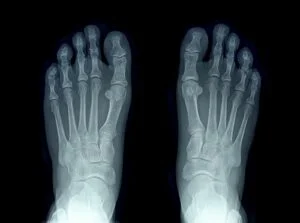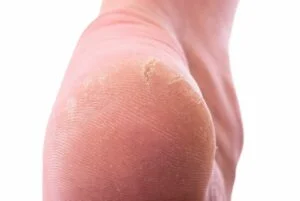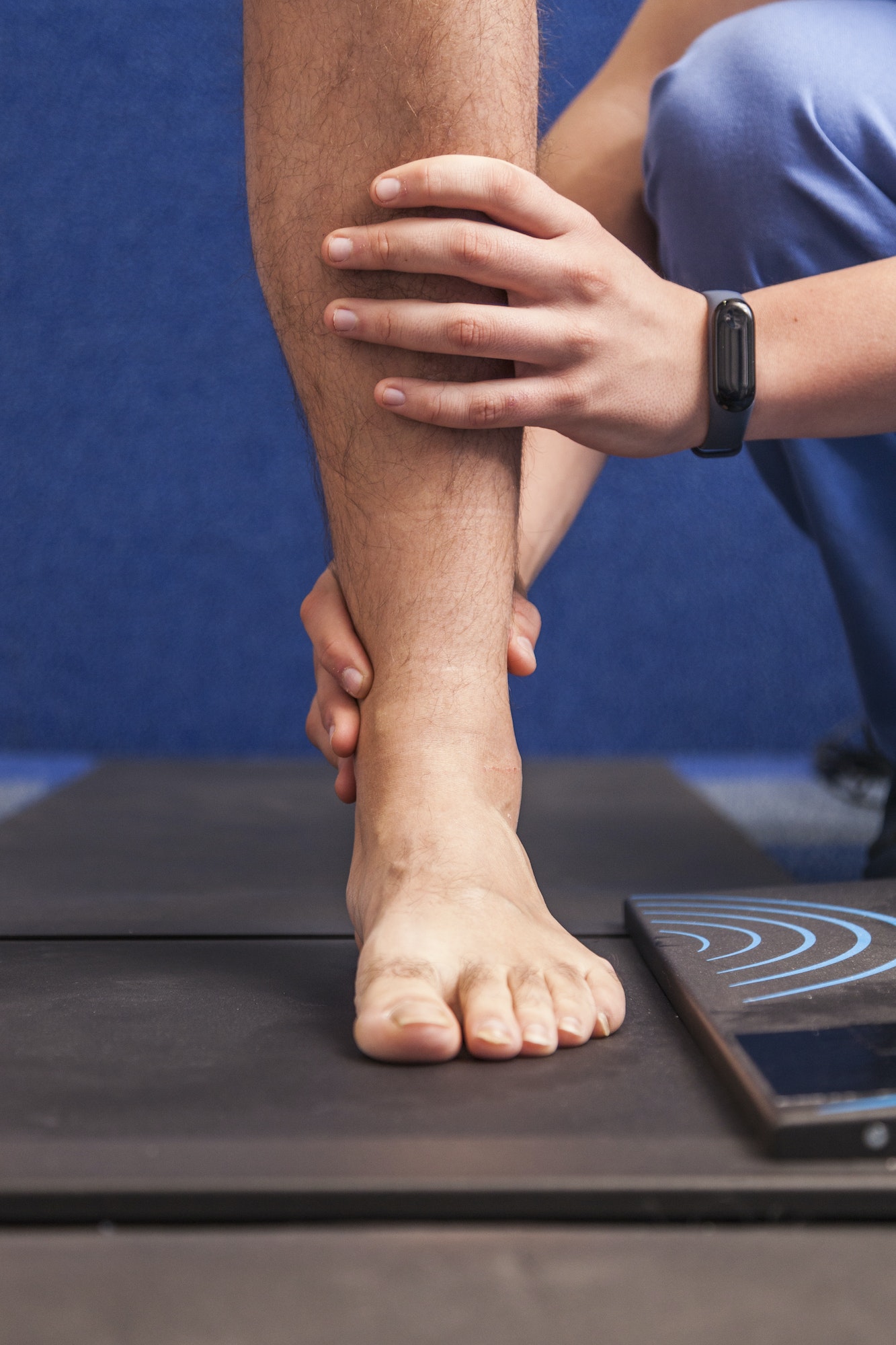Table of Contents
Do you think something is lodged in your foot?
If It Is Superficial…

If It Is Deep In The Skin…

The medical assistant will place a marker where the patient identifies the foreign body is located, and this marker will show up on X-ray, “marking” the affected site. An X-ray will be taken upon initial presentation, and if it is identified on the radiograph and removed, another one will be taken to show evidence of its absence. Not all objects will show up on the X-ray, but it is important to take an X-ray either way just in case. If it is easily removed, then this can be done in the office with the proper instruments such as a magnifying glass and stand with lighting. If it is deeper, then you may have to undergo numbing of the area in order for the doctor to use sharper instruments and to dig deeper without pain. You may be placed on an oral antibiotic depending on the circumstances and appearance of the wound. In some cases, if the foreign object is too deep into the skin to visualize, then you may have to be scheduled for an outpatient procedure performed a different day where this would entail more complex process. This may entail going to the operating room under anesthesia to have the foot prepped under sterile conditions to have it removed. This is not common, and most of the time the object is removed in the office.
What Else Could It Be?

How do you prevent this from recurring? The answer is – don’t go barefoot! Especially if you are a diabetic patient, it is best to always wear protective slippers at least. Diabetic patients may have decreased sensation in the feet due to diabetic neuropathy so if a diabetic patient does step in an object, they may not feel it! This of course could hae devastating consequences. But if you happen to be barefoot and you step on something, beware of what it may be and how to treat it.

Meet Weil Foot & Ankle Institute
By: Weil Foot & Ankle Institute, Published: Aug 3rd, 2022
Review By: Kristin Abruscato, DPT – Jan 19th, 2023



